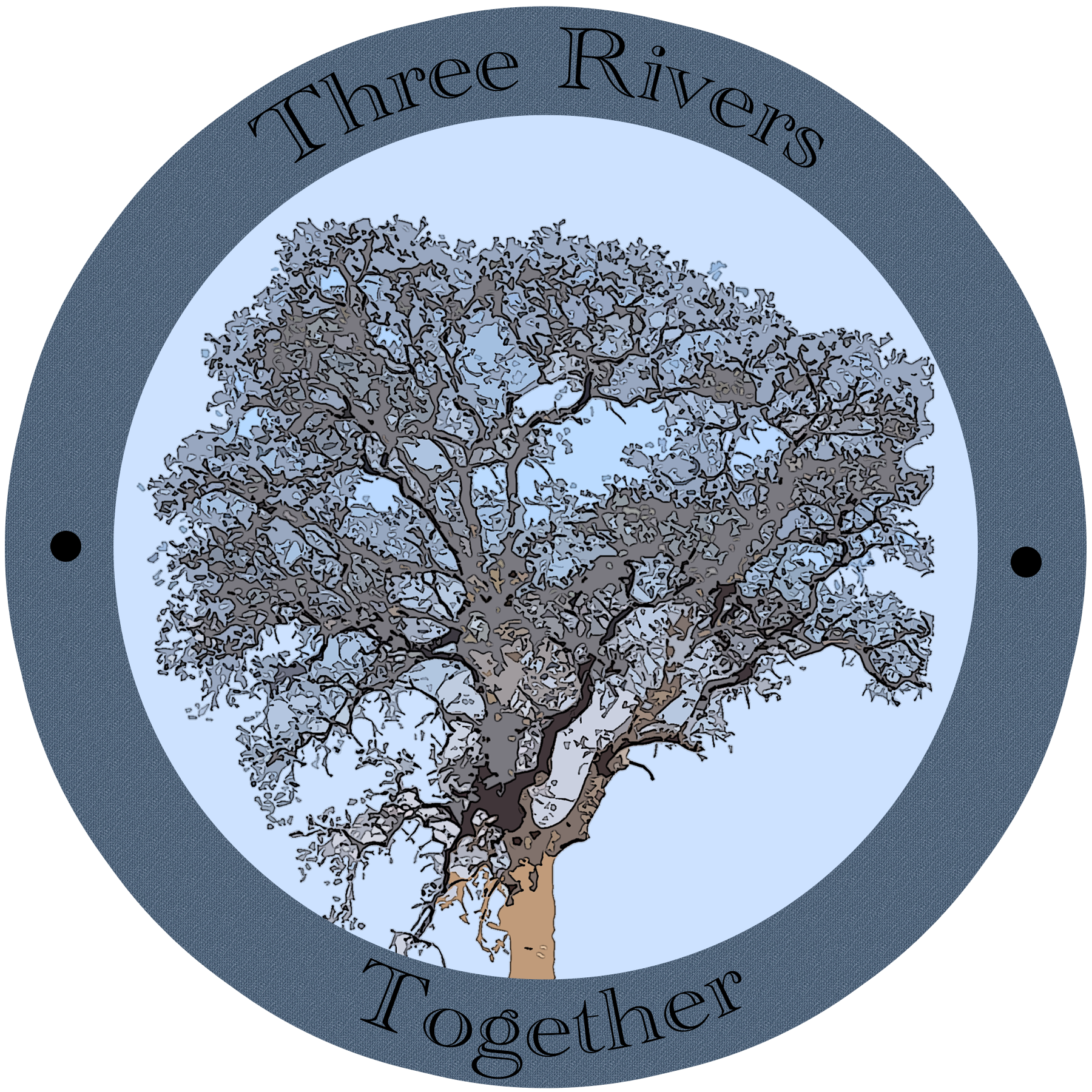|
|
Parks Utilizing Confine and Contain Strategy for Redwood Fire in Sequoia National Park Wilderness
SEQUOIA AND KINGS CANYON NATIONAL PARKS, Calif., 30 August 2023 – Fire management staff and park leadership have elected to utilize a confine and contain strategy to manage the Redwood Fire, located in the wilderness of Sequoia National Park, near Redwood Meadow. The lightning-ignited fire is currently 75 acres in size and burning at low intensity up a steep, forested slope. It currently poses no threats to life or property.
The Redwood Fire, discovered on August 15, is one of seven fires ignited by lightning throughout the parks during August, and is the only one of those that has shown any significant growth potential thus far. After the previous very wet winter and recent additional precipitation, moisture in the living vegetation has thus far done an excellent job of moderating fire behavior in the dense forest stand. The fire is burning in an area that lacks recent fire history and has the potential, especially under the current favorable conditions, to be beneficial to the landscape in this area.
A confine and contain strategy aims to ultimately suppress the fire within a larger footprint, utilizing a combination of natural and manmade barriers. This will allow the parks to limit the duration of smoke impacts, lessen the possibility of major changes or escalations in fire behavior, reduce unnecessary risk, and utilize firefighting resources that are currently available, while still getting the benefits of badly-needed fire in this area of the broader Sierra Nevada landscape.
Fire managers in the parks have identified a containment area of approximately 3,000 acres, bordered by features including the Cliff Creek Trail, Granite Creek, and large rocky areas to the east. The containment area also takes advantage of recent understory thinning and piling in the nearby Redwood Meadow Grove of giant sequoias. This work is part of the Sequoia Emergency Action Project, which aims to reduce the risk of future widespread high-severity fire in giant sequoia groves. The area in which the Redwood Fire is burning had already been identified by the parks as a high priority for fuels reduction, as it would provide protection for three groves at risk of catastrophic fire.
Fire managers plan to use a combination of hand and aerial ignitions to moderate fire behavior through areas with heavy fuels loads (for example, performing ignitions at the top of a slope to produce a backing fire, rather than allowing fire to run up a slope). The parks will continually evaluate current and anticipated fire behavior and are prepared to shift course if appropriate.
This management strategy stands in contrast to the 2020 Castle Fire and the 2021 KNP Complex, which also began with lightning strikes in wilderness areas, but were met with immediate full-suppression efforts. Despite these efforts, those fires went on to burn with such dramatic severity that they killed thousands of mature giant sequoias, losses unprecedented in the trees’ history. The severity of these fires was driven in part by drought exacerbated by climate change, and in part by the density of the forest stands after many decades of fire suppression.
Park leadership stresses that not only are conditions dramatically different this year due to fuel moistures, with readily observable differences in fire behavior from the start, but also that fire-inclusive management in this area represents an invaluable opportunity to prevent catastrophic losses, like those seen in 2020 and 2021, from occurring in the future.
“Right now, we have better conditions than we’ve had in years to work with fire on the landscape,” said Superintendent Clay Jordan. “A confine and contain suppression strategy for the Redwood Fire is our opportunity to put the devastating lessons learned from the Castle Fire and the KNP Complex into practice. It is our responsibility as land managers to work with fire when we can, in order to prevent catastrophic losses like we saw in those fires.”
Smoke from the Redwood Fire is very visible from high vantage points throughout the Giant Forest and Lodgepole areas, including Moro Rock. Smoke impacts from the fire can be expected in the foothills of Sequoia National Park and the community of Three Rivers. The parks are working with the San Joaquin Valley Air Pollution Control District to mitigate smoke impacts to the extent possible. For more information about smoke, visit https://fire.airnow.gov/.
Updates about the Redwood Fire will be posted at https://inciweb.wildfire.gov/incident-information/caknp-redwood-fire.
[SOURCE: Sequoia and Kings Canyon National Parks]

